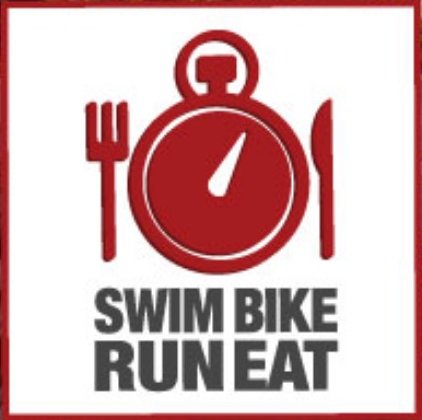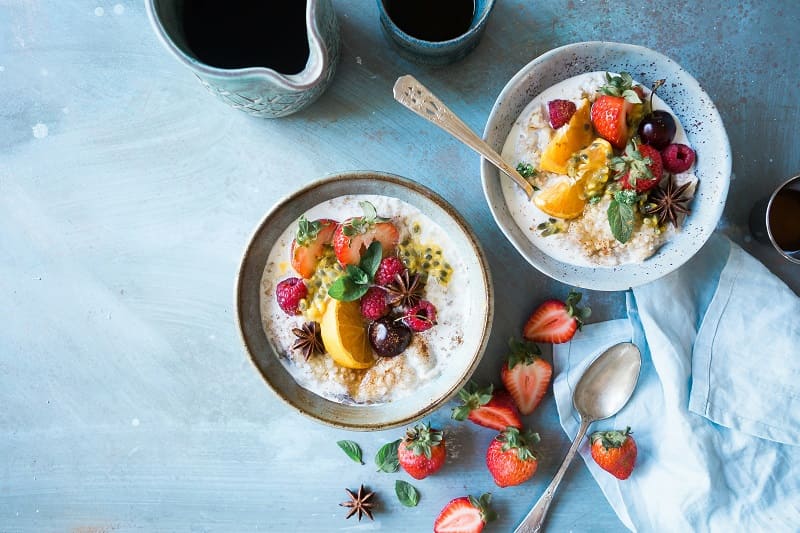Surveys concerning our nation’s nutritional shortfalls abound but I don’t need some randomized, controlled-trial survey to tell me what America eats. I already know because I run. I run in the afternoons, I run in the evenings, and, because my schedule comands it, I run in the mornings on garbage day. Now this kind of run is not for the faint of heart (or stomach), especially as the temperature heats up! But by running before waste management makes it to my neighborhood, I get an up-close-and-personal view (and 7 day food recall) of what my fellow citizens are consuming.
And what I’ve witnessed is both intriguing and entertaining. For example, I had no idea that the young couple on my street enjoyed pizza to the extent they do. I can only hope that those 4-5 pizza boxes I see every week are a result of an ongoing party. And the elderly couple down the road looooooves their wine while their next door neighbor looooves his beer (and judging by the sight of him, I strongly recommend he switch to light instead of Bud Heavy). In addition, I think the CDC is right; 73% of Americans don’t eat enough vegetables because not one household’s trashcan is overflowing with vegetable peels (and before you jump to conclusions, I’m fairly certain I’m the only neighbor who uses a compost pile).
So here are my thoughts, should any of my neighbors be reading this….
Pizza can be an excellent choice for dinner, in moderation. To make it a nutrient dense choice, opt for vegetarian once in a while or, at the very least, stop ordering pizza+sausage+bacon every week and try adding some green pepper+tomatoes+ pineapple, or anything else that’s packing fiber and free of saturated fat!
Wine is good for your heart, but so are functional fruits like cranberries. And remember, while it’s true that you only live once, to keep on keeping on, the Dietary Guidelines state that those who choose to drink alcoholic beverages should do so sensibly and in moderation—defined as the consumption of up to one drink per day for women and up to two drinks per day for men. And no, you can’t stock pile your drinks just so you have a rocking weekend!
Same goes for the beer. And again, unless you have the metabolism of an 21 year old male, it’s probably time to switch out the 150+calorie beer from something a little lighter. Think about it; a savings of 50+ calories a drink multiplied by a case a week really starts adding up in the long run. And for tips on portion-control and moderation when it comes to drinking, please see above comment.
About thosse vegetables… the recommended intake for an adult following an 1800-2000 calorie diet is a mere 2 1/2 cups of vegetables per day. While this intake might seem extreme, with a little creativity, it’s really not that difficult to achieve. Here’s how I go about fitting in enough veggies every day:
Breakfast: If I’m having an omelete, I add at least a 1/2 cup chopped, steamed veggies. If I’m having what I call my “modified McMuffin” I’ll top it with some tomato, bell pepper, and any other veggies I might have on hand. TOTAL VEGGIE INTAKE= 1/2 cup (1/2 serving)
AM or PM snack: there’s nothing like baby carrots and other seasonal raw veggies + hummus. TOTAL VEGGIE INTAKE = 1 cup (1 serving)
Lunch: Lunch is chock full of vegetables (because sometimes by the time I get home from a stressful day at work, I just can’t say no to the Cheez-Itz and I know I’ll feel better if at least lunch was an attemp at healthy eating!) My lunch is usually a large salad topped with some lean protein and a heart-healthy dressing. If I don’t have any lettuce on hand, then my lunch consists of (previously frozen) veggies topped with marinara sauce and low-fat cheese. That’s the beauty of veggies; they are filling, have plenty of fiber, provide nutrients, and at $1.50 a bag for 1lb frozen, are oftentimes less expensive than other lunch options. If you’re still hungry, there’s no harm in adding a sandwich (but you probably won’t need one.) TOTAL VEGGIE INTAKE : 2 cups raw or 1 cup cooked (2 servings)
Dinner: There’s always room for veggies on the dinner plate. In fact, when working with a client who is trying to lose weight, the simplest tip I can give them is that they fill 1/3 – 1/2 of their dinner plate with veggies. Not potates, not pasta, not pizza, and not pastrami. Nope, just wonderful, colorful veggies. To keep things interesting, I try out a new dressing, a little calorie-free butter spray, or marinate and then grill. No matter how they are prepared, veggies are full of flavor but low in calories and there’s no need for portion control; I’ve never met anyone with a weight problem because of an excessive vegetable intake. TOTAL VEGGIE INTAKE: 2-3+ cups.
DAILY TOTAL VEGGIE INTAKE: at least 6 servings See? That wasn’t so hard after all.



